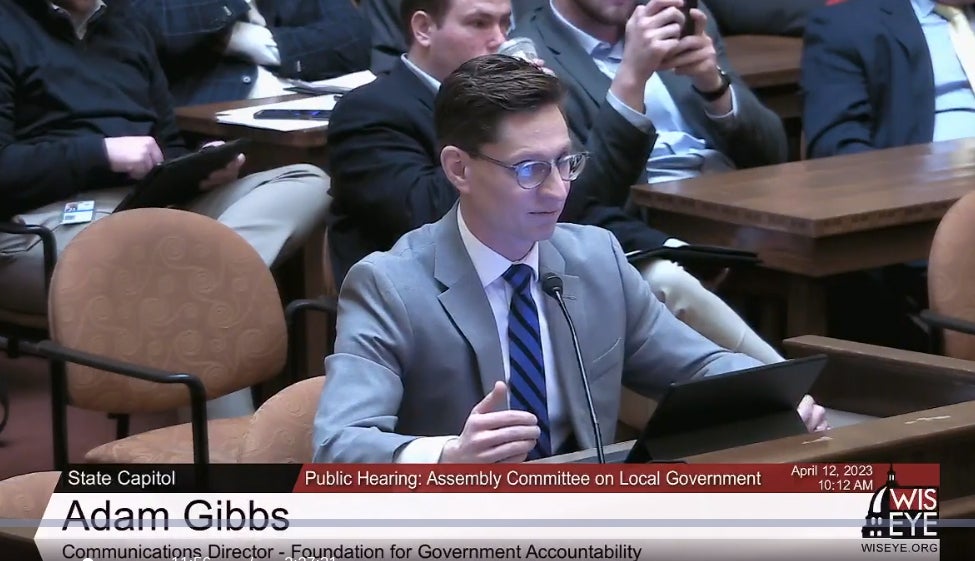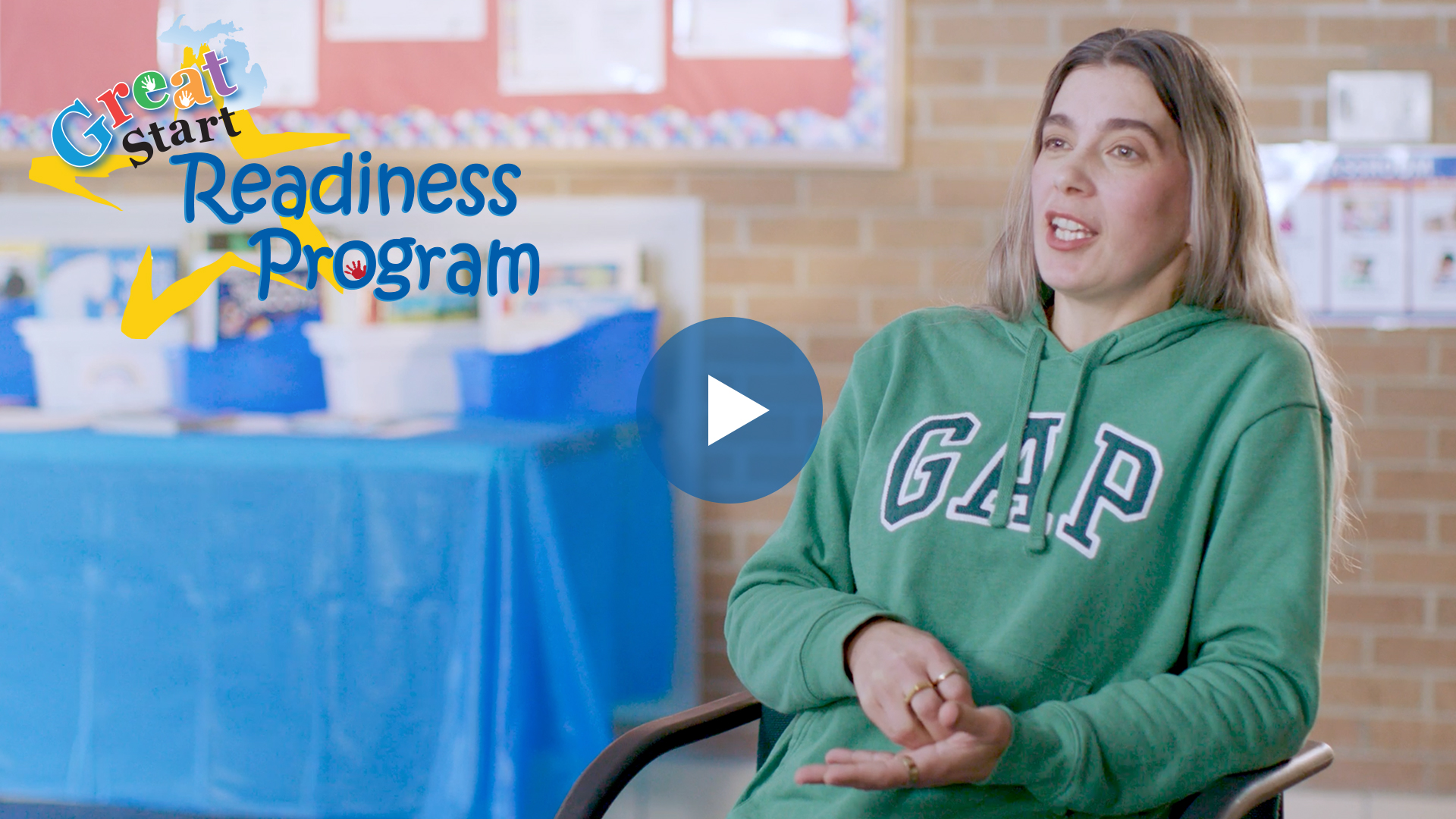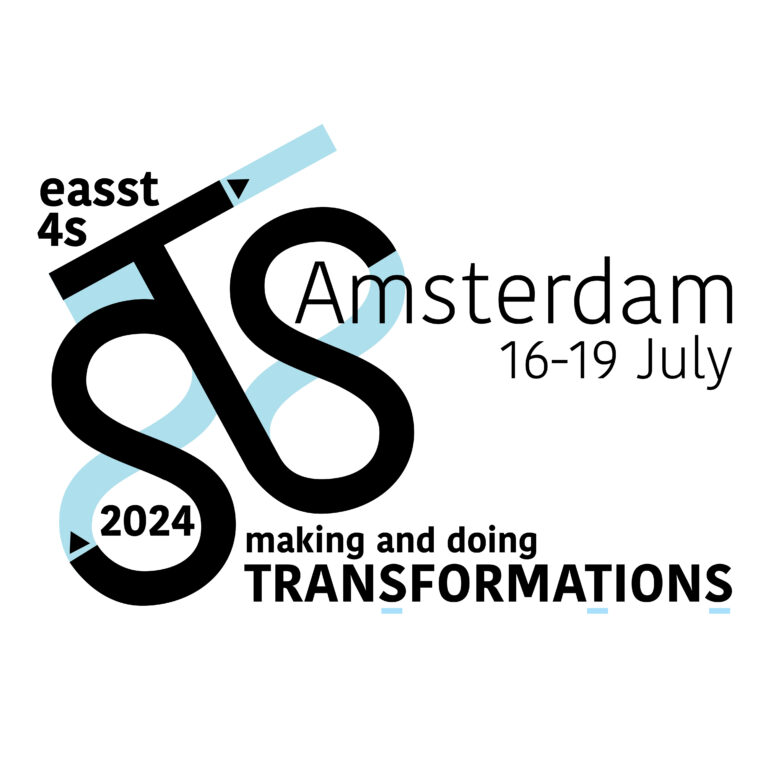
GLOBAL
![]()
Sustainable Development Goal 4: Ensuring Inclusive and Equitable Quality Education
The United Nations Sustainable Development Goal 4 is to ensure inclusive and equitable quality education and promote lifelong learning opportunities for all. Considering that the world is falling behind in achieving a quality education, the time is right to focus on attracting, preparing, supporting and retaining a culturally diverse teaching workforce.
The Impact of Cultural Diversity among Teachers
The cultural diversity of teachers is known to have a positive impact on historically disadvantaged students’ academic achievement, including literacy and numeracy, and on school completion rates. Across the globe, teacher education has a significant role to play in ensuring the teaching workforce is diverse, well trained, and that teachers are culturally safe and empowered.
Efforts to Attract a Culturally Diverse Teaching Workforce
Efforts to attract a more culturally diverse education workforce began in the 1970s when educators became concerned that the diversity of children and young people in schools was growing, but the teaching workforce remained white, middle class and monocultural, especially in the Global North.
Related to the emergence of discourses around multiculturalism, concerns about the whiteness of the teaching workforce included that white teachers often have very different life experiences and worldviews than the students they teach.
This difference in worldview or standpoint matters, especially because young people from ‘minority backgrounds’ historically achieve less well academically, are disciplined more often and are expelled or drop out of school more often than white students.
The lack of understanding and, even more so, the lack of value or respect schools sometimes demonstrate for their students from culturally diverse backgrounds is an example of how a white teaching workforce disadvantages students from culturally diverse backgrounds.
‘You can’t be what you can’t see’
Lisa Delpit’s ground-breaking book Other People’s Children (1995) was influential in positing that white teachers had an intellectual as well as a moral responsibility to pay attention to their students’ lives, and that not to do so leads to stereotyping as well as low expectations for students whose lives they do not know anything about.
Furthermore, the phrase ‘you can’t be what you can’t see’, coined by African American child rights activist Marian Wright Edelman, gained prominence, recognising that students who never see a teacher like themselves have no role models, which impacts upon their aspirations and limits their own expectations.
The idea that teachers’ ethnocentrism (Urch, 1970) and cultural bias (Dickson, 1967) could have a detrimental impact on their students began to be considered during this period when civil rights in the United States and elsewhere gained prominence.
Since these conversations started, Initial Teacher Education has always, to some extent, sought to attract diverse teachers into the profession as well as preparing all teachers to work with students from culturally diverse backgrounds.
These efforts have varied in their success and the extent to which Initial Teacher Education programmes attend to these matters ebbs and flows. More recently, with the silencing of content such as critical race theory, some express concerns that these efforts will be reduced.
Deterrents to Teaching for People from Diverse Backgrounds
Teaching remains a white, middle-class profession, at least in the Global North. Even though the raw number of teachers from diverse backgrounds appears to be increasing (Ingersoll, 2018), current statistics from some nations are concerning.
As examples, in the United States, almost 80% of teachers are white and non-Hispanic (National Center for Education Statistics, US, 2024), and in Australia only 2% of teachers are Indigenous (Perkins and Shay, 2022). These low numbers of teachers from diverse backgrounds are not representative of the students they teach. Despite many efforts to attract more people of colour (for instance) into teaching, these numbers remain low.
There is some understanding of the barriers: These include historical and logistical issues (such as the expense of going to university and the lower numbers in general of marginalised communities’ participation in higher education).
Once enrolled in teacher education, however, preservice teachers from diverse backgrounds report feeling marginalised. They experience multiple forms of bias, including both indirect and direct racism and institutional racism embedded in tertiary systems. If preservice teachers are the only teachers of colour in their course, as is not uncommon, this can be frustrating, isolating and distressing.
This extends to their experiences on practicum or placements, where preservice teachers can feel they are treated unfairly in a myriad of ways. Negative experiences affect preservice teachers’ mental health and well-being, and what amounts to racism (for example, being mocked for an accent) has been reported as reasons why preservice teachers leave their course and abandon their goals to become a teacher.
Activism and affinity groups appear to make the most difference to a preservice teachers’ sense of agency; that is, when like-minded communities support each other, it seems much more likely a preservice teacher will graduate from their course and feel welcomed by the profession.
In addition, teachers from backgrounds of cultural diversity often report specific social justice aims in their desire to become a teacher, such as working with their communities, giving back and making a difference for young people. These goals can be at odds with teacher education standards, which can seem like the wrong priorities.
Preservice teachers from culturally diverse backgrounds bring ‘funds of knowledge’ (Moll, 2001) that are often devalued, overlooked or misunderstood in teacher education. In recent years, university marketing teams have been more cognisant of including teachers of colour in their online and media campaigns, though this can be perceived as tokenistic.
In order to attract and retain teachers from diverse cultural backgrounds, it stands to reason that their lived experience, worldviews and experience would have to be reflected not just in Initial Teacher Education marketing, but in everything from making sure course content reflects diversity, coursework readings represent diverse authors, assessment is not culturally biased, and practical experiences are safe.
In addition to welcoming multiple standpoints, the inclusion in Initial Teacher Education curricula of multiple perspectives builds the knowledge of white teachers as well, enhancing their cultural awareness, cultural sensitivity and cultural safety. In the end, it supports them to be more accountable.
There are calls now to go beyond superficial representation (such as by offering one subject in diversity
SDGs, Targets, and Indicators
-
SDG 4: Quality Education
- Target 4.1: By 2030, ensure that all girls and boys complete free, equitable, and quality primary and secondary education.
- Target 4.5: By 2030, eliminate gender disparities in education and ensure equal access to all levels of education and vocational training for the vulnerable, including persons with disabilities, indigenous peoples, and children in vulnerable situations.
- Target 4.c: By 2030, substantially increase the supply of qualified teachers, including through international cooperation for teacher training in developing countries, especially least developed countries and small island developing states.
- Indicator 4.1.1: Proportion of children and young people (a) in grades 2/3; (b) at the end of primary; and (c) at the end of lower secondary achieving at least a minimum proficiency level in (i) reading and (ii) mathematics, by sex.
- Indicator 4.5.1: Parity indices (female/male, rural/urban, bottom/top wealth quintile, and others such as disability status, indigenous peoples, and conflict-affected, as data become available) for all education indicators on this list that can be disaggregated.
- Indicator 4.c.1: Proportion of teachers in (a) pre-primary; (b) primary; (c) lower secondary; and (d) upper secondary education who have received at least the minimum organized teacher training (e.g., pedagogical training) pre-service or in-service required for teaching at the relevant level in a given country.
Analysis
-
SDGs Addressed
- The article addresses SDG 4: Quality Education.
-
Targets Identified
- The article specifically highlights Target 4.1, which aims to ensure that all girls and boys complete free, equitable, and quality primary and secondary education.
- The article also indirectly relates to Target 4.5, which focuses on eliminating gender disparities in education and ensuring equal access to all levels of education for vulnerable groups.
- Additionally, the article touches upon Target 4.c, which aims to increase the supply of qualified teachers, especially in developing countries.
-
Indicators Mentioned
- The article implies Indicator 4.1.1, which measures the proportion of children and young people achieving minimum proficiency levels in reading and mathematics at different stages of education.
- Indicator 4.5.1 is also implied, as it assesses gender disparities in education and other factors that can be disaggregated.
- Furthermore, the article suggests Indicator 4.c.1, which measures the proportion of teachers who have received minimum teacher training required for teaching at their respective education levels.
Table: SDGs, Targets, and Indicators
| SDGs | Targets | Indicators |
|---|---|---|
| SDG 4: Quality Education |
|
|
Behold! This splendid article springs forth from the wellspring of knowledge, shaped by a wondrous proprietary AI technology that delved into a vast ocean of data, illuminating the path towards the Sustainable Development Goals. Remember that all rights are reserved by SDG Investors LLC, empowering us to champion progress together.
Source: universityworldnews.com

Join us, as fellow seekers of change, on a transformative journey at https://sdgtalks.ai/welcome, where you can become a member and actively contribute to shaping a brighter future.






